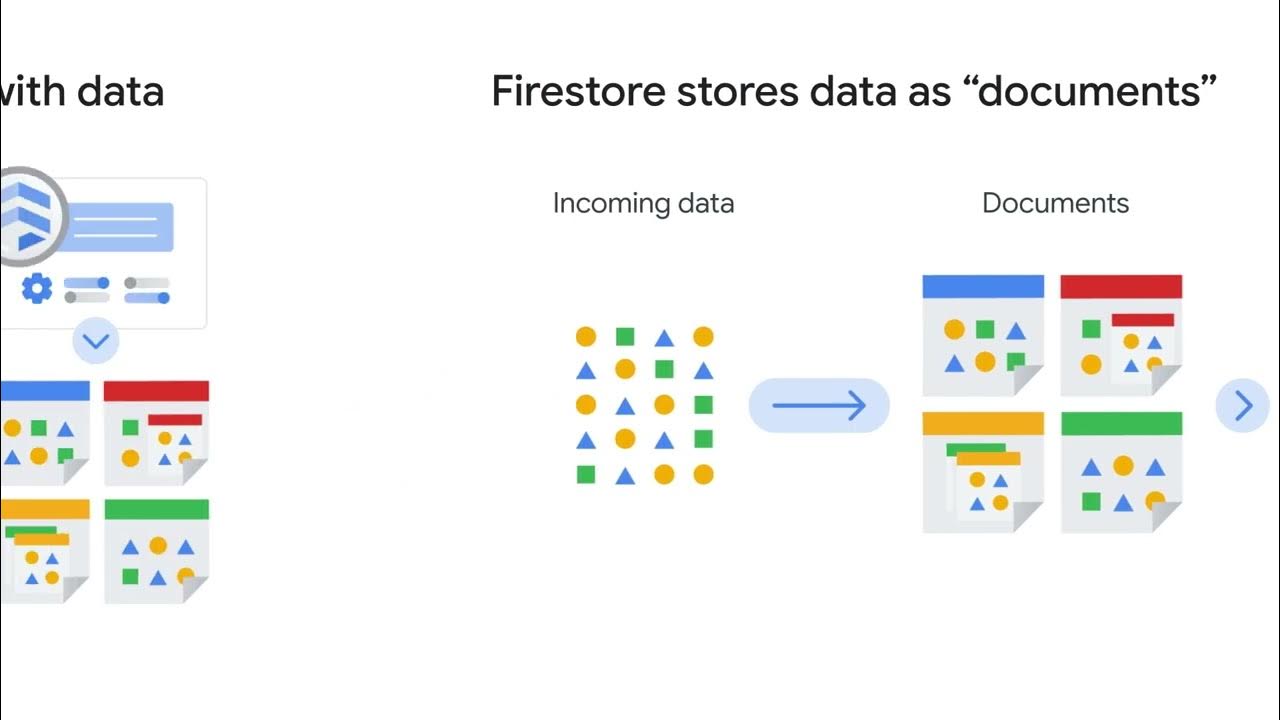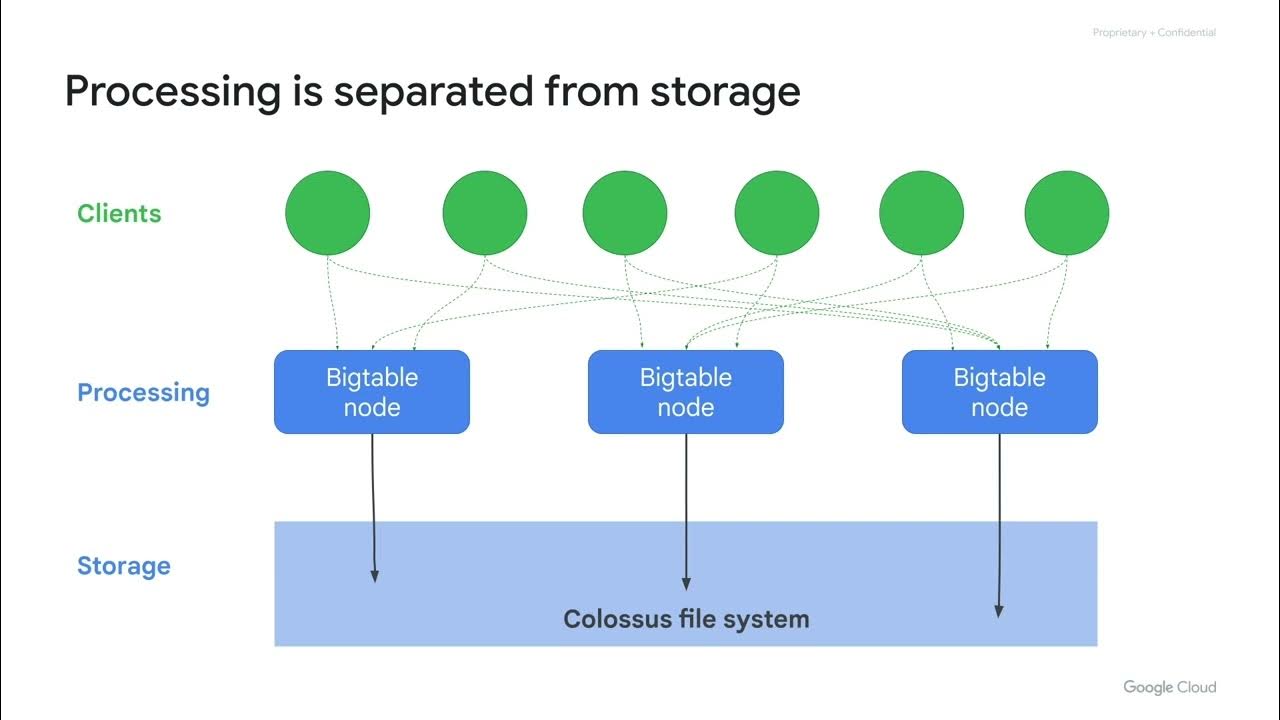What is a NoSQL Database? How is Cloud Firestore structured? | Get to know Cloud Firestore #1
Summary
TLDRThis video provides an overview of Cloud Firestore, a horizontally scaling NoSQL document database. It contrasts traditional relational databases with NoSQL's schema-less structure, highlighting the flexibility and speed of data retrieval despite potential data duplication. The hierarchical organization of documents and collections in Firestore facilitates efficient data management. While it simplifies access to data, it requires developers to manage data consistency. The video sets the stage for deeper exploration of querying, optimization, and security in future episodes, making it a great introduction for those interested in leveraging Cloud Firestore for app development.
Takeaways
- 😀 Cloud Firestore is a NoSQL database that scales horizontally and is designed for cloud environments.
- 😀 Unlike relational databases, Firestore has a schema-less design, allowing for more flexible data structures.
- 😀 Data in Firestore is organized into documents (key-value pairs) and collections, rather than strict tables.
- 😀 NoSQL databases allow developers to modify the database structure easily without disrupting existing data.
- 😀 While data duplication can occur in NoSQL, it simplifies data retrieval, especially for read-heavy applications.
- 😀 Firestore can handle horizontal scaling, distributing data across multiple servers for better performance.
- 😀 Each document in Firestore has a size limit of 1 MB and cannot contain other documents directly.
- 😀 Collections can only contain documents and can have subcollections, creating a hierarchical structure.
- 😀 Queries in Firestore are shallow by default, meaning retrieving a document doesn't automatically fetch its subcollections.
- 😀 The ability to iterate and expand the database design without strict rules is a significant advantage of using Firestore.
Q & A
What is Cloud Firestore?
-Cloud Firestore is a horizontally scaling NoSQL document database in the cloud, designed for flexible and scalable data storage.
How does NoSQL differ from traditional relational databases?
-NoSQL databases, like Cloud Firestore, are schema-less and do not require strict table structures, allowing for more flexibility in data types and organization.
What are the key components of data organization in Cloud Firestore?
-Data in Cloud Firestore is organized into collections and documents, where collections are groups of documents, and documents are key-value pairs.
What advantages do NoSQL databases provide?
-NoSQL databases offer flexibility in design, faster read operations, and the ability to scale horizontally by distributing data across multiple servers.
What is meant by 'shallow queries' in Cloud Firestore?
-Shallow queries in Cloud Firestore mean that when you retrieve documents from a collection, you only get those documents without fetching any documents in subcollections.
Why might developers choose to duplicate data in a NoSQL database?
-Developers might duplicate data in NoSQL to simplify data retrieval processes, ensuring that all necessary information is readily accessible without complex joins.
What are some challenges associated with using NoSQL databases?
-Challenges include managing duplicate data, ensuring consistency across records, and the need for defensive coding to handle unexpected data structures.
How does Cloud Firestore handle data scaling?
-Cloud Firestore can automatically distribute data across multiple servers to scale horizontally, allowing for increased performance without requiring manual intervention.
What is a document in the context of Cloud Firestore?
-A document in Cloud Firestore is a key-value pair that contains data and can include various types of values, such as strings, numbers, or nested JSON objects.
How does Cloud Firestore's data structure benefit mobile applications?
-The flexible and hierarchical data structure of Cloud Firestore allows mobile applications to fetch data efficiently, improving performance and user experience by reducing unnecessary data downloads.
Outlines

This section is available to paid users only. Please upgrade to access this part.
Upgrade NowMindmap

This section is available to paid users only. Please upgrade to access this part.
Upgrade NowKeywords

This section is available to paid users only. Please upgrade to access this part.
Upgrade NowHighlights

This section is available to paid users only. Please upgrade to access this part.
Upgrade NowTranscripts

This section is available to paid users only. Please upgrade to access this part.
Upgrade Now5.0 / 5 (0 votes)





